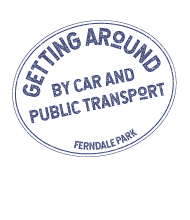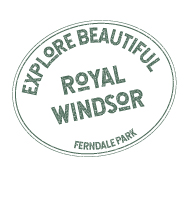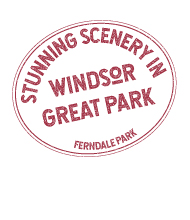I’m sure over time you’ve heard of a few yoga poses here and there – like The Mountain, Cat-Cow, Child’s Pose, Downward-Facing Dog…
Others of you though, might be…downward facing what now? But, no matter what age you are, it’s never too late to take up the practice of yoga. In fact, despite the weird and wonderful names for all the poses, yoga is very beneficial for both the mind and body.
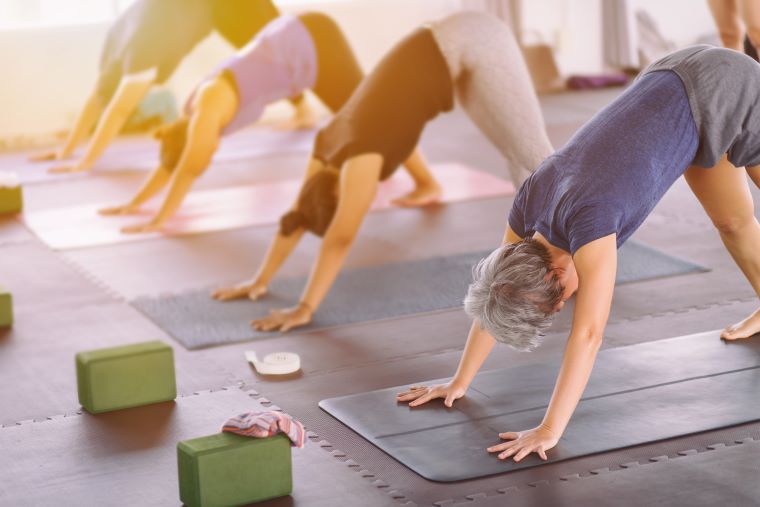
The benefits of yoga
My love of yoga stems from an all-inclusive spa holiday in St Lucia. The setting was paradise and you could participate in as much or as little activity as you liked. If all you wanted to do was lie on the beach and soak up the sun whilst sipping on your favourite cocktail, then that was fine. But, there was also an array of classes to choose from, one of them being yoga.
I did not feel like I needed to be an expert in this field to participate in the classes. The instructors were very welcoming and there were many styles to choose from. I soon adapted to my new (2-week) lifestyle and looked forward to getting up early to take a sunrise yoga class or challenge my abilities whilst performing yoga on a paddle board. I did not want my yoga journey to end with my holiday, so even though rainy old England does not have the same luxurious Caribbean backdrop, I continued with the practice once back home.

The concept of yoga has been in practice for thousands of years. Regular yoga can help regulate emotion, increase mindfulness and promote healthier habits. You can pick it up at any age and it can give you the ability to refocus on life. So, what better time to start than when you retire?
Popular styles of yoga
There are so many different forms of yoga that it can become a little confusing where to start. So, I did a little research on some of the different types to help you choose which form might be best for you.
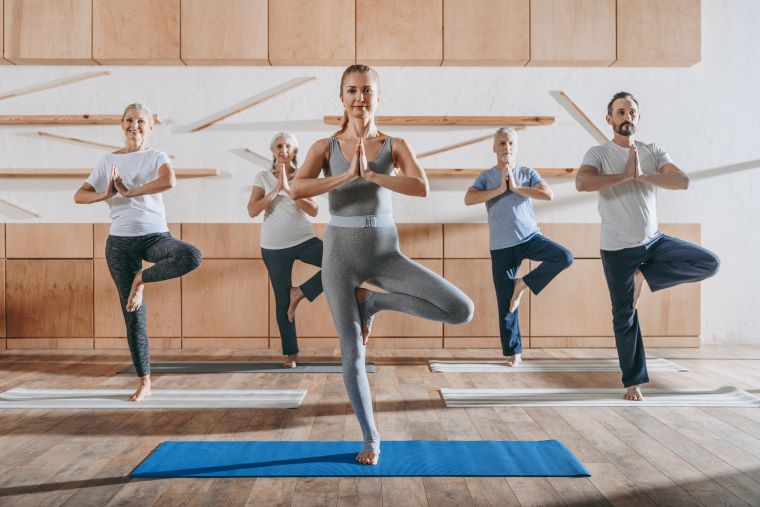
Hatha
This type of yoga is probably best for beginners. It has no specific style but concentrates on physical posture. You may find that a class entails a series of slow-paced sitting and standing poses that focus on stretching and breathing. It’s not designed to boost your heart rate or try and get you into some weird and wonderful pose!
Iyengar
A methodical and precise practice that concentrates on proper form. You are encouraged to use props such as straps and blocks to help assist you in the correct alignment. The props allow for modification, so it is a good style for those that may suffer from arthritis and other chronic conditions.
Restorative
This is a form of meditative yoga that can help release tension. Props can also be used to support the body and poses are held for a long time, sometimes up to 10 minutes. This style of yoga is best for relaxation and contentment, apparently, it’s not unusual to fall asleep in this class!
Yin
Yin yoga is slow and focuses on holding poses for a long time, similar to Restorative yoga. But with Yin, you work on stretching deep connective tissues which can help relieve stiffness and enhance flexibility. Designed to increase circulation in joints, Yin yoga can aid in recovery from hard workouts. It may be beneficial if you are already a bit of a fitness fanatic.
Vinyasa
Also known as Flow Yoga, the poses are synchronised with the breath. Routines are often fluid and quick with the breath matching a series of continuous movement that flows from one another. It can be considered quite hard as it is physically vigorous but if you are generally quite fit, you may enjoy the challenge, especially if you want a bit more movement and a little less stillness from your session.
Ashtanga
This is a fast-paced and physically challenging style of yoga. It can be quite intense and likened to acrobatic activity. It is considered to be one of the hardest forms of yoga, so perhaps not the best for beginners but maybe something you would like to work towards.
Bikram
This is a form of hot yoga where the room is typically heated to more than 37°c with 40% humidity. This guarantees you sweat buckets as you move through the strict 26-posture series during a 90-minute class! The idea is to strengthen muscles and flush out toxins. However, it is one to stay away from if you suffer from blood pressure or heart problems.
Kundalini
If you’re interested in the spiritual origins of yoga as well as its physicality, then Kundalini yoga (also known as ‘yoga of awareness’) may appeal to you. The sequences are carefully designed to stimulate energy that is thought to be coiled at the base of the spine to help reduce stress and negative thinking. It is not unusual to chant mantras during this practice.
Chair Yoga
This is a non-traditional form of yoga. Postures and poses have been adapted to aid people who find the up and down movement of traditional yoga challenging. Many of the poses can be performed from a sitting position in a chair, this is great for those that suffer from mobility problems.
Yoga for the over 50s
It would definitely be advisable to begin your yoga journey by taking a class with a trained yoga instructor. This will ensure you are doing the techniques correctly and avoid any injury, plus it has a great social aspect to it. Many practitioners hold classes, not just for beginners but for the over 50s or men only, helping you feel at ease with others who have a similar range of abilities. Also, if you have any medical conditions, make sure you check with your doctor first.
Once you have the technique underway, you may decide to continue your practice in the comfort of your own home. Many practitioners now allow you to stream live into sessions or there is a good selection of yoga DVD’s to choose from. You may even fancy treating yourself to a weekend away at a yoga retreat, many of which can be found across the UK and abroad. There is nothing better than waking up and doing a bit of sunrise yoga in a fabulous location!

For further information about Ferndale Park and the local area, please check out the links above and our pages on location, our Park Guidelines and Homes for Sale.
